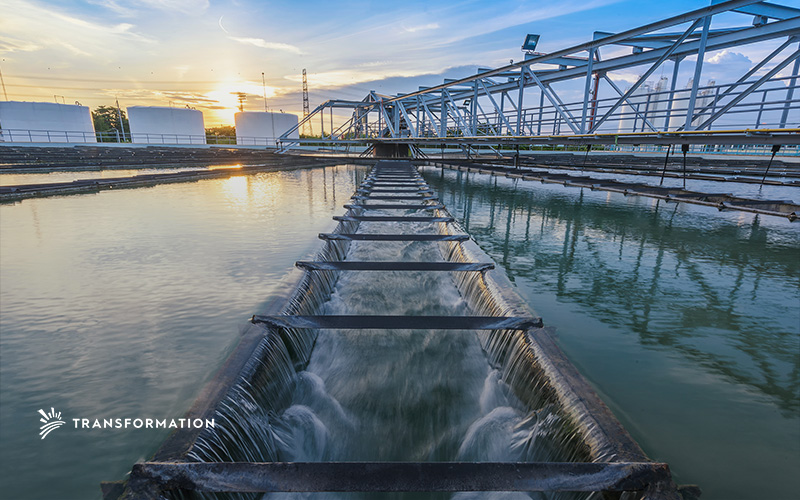The future of water: Water Tech
Water is a critical resource for all of human society, making it essential to maintain our water resources sustainably. The development of new water tech enables the world’s population to enjoy the vital benefits of safe, accessible, and affordable water.
Water is the focus of a multibillion-dollar global market, including desalination and water treatment, environmental protection, water efficiency, desalination, and water reuse. Many new technologies on the horizon have been developed recently.
Water tech is a growing industry contributing to the advancement of water treatment and delivery. It is changing the way we look at water resources and opening up new possibilities, including opportunities to invest in water, the ability to recycle wastewater and apply advanced water treatment technologies to help the world’s most vulnerable people gain access to clean water.
Water tech includes devices and solutions that treat water, make it safe to drink and use, generate electricity, clean up contaminated sites and provide other benefits. The following are some of the current technologies.
1. Water Desalination
Desalination is removing salt from saline water to make it suitable for drinking and other uses. The first large-scale desalination plant was built in the United Arab Emirates (UAE), providing 5% of the country’s total annual water supply.
Desalination technology is expected to play a key role in meeting future global water demand. It is applicable wherever there is a need for freshwater, including arid and semi-arid regions, areas dependent on surface water, and coastal cities with access to the sea. Considerable investment is being made in desalination. With proper regulation, desalination could play a significant role in providing fresh water and meeting the increasing demand for this resource.
2. Water Purification
Purification is the removal of contaminants from water using either mechanical or chemical processes. Therefore, to purify water, filter cartridges are used to remove solid particles from the water and membranes to remove dissolved substances such as bacteria and viruses.
Furthermore, ozone processes, ultraviolet light, and electro-dialysis are used to treat water. Purification is an essential part of any water treatment system, as it ensures that drinking water can be consumed safely.
3. Water Treatment
Water treatment involves the removal of harmful substances and pollutants from water, often using chemical processes. Along with purification, treatment is an integral part of the entire industrial process from source to tap. Important substances to remove are sediments, biodegradable organic matter, disinfection byproducts, salts, and heavy metals.
Four innovation themes have been developed for the Water Technology sector as a whole:
1. Water for All
Water for All and Water for Industry is the broadest innovation themes and encompass most water technology applications of interest. They focus on needs related to the provision of clean and affordable water, reduction in water use, better maintenance of urban water supply networks, and technological solutions that help the industry to minimize its water footprint.
2. More Crop per Drop
More Crop per Drop is an innovation theme focusing on crop productivity and how crop productivity can be increased through water use. It focuses on solutions to increase crop yield through research and development and the application of technology. Moreover, it focuses on creating value from water and the use of water to create valuable products, such as biofuels. While this sector is spread across many sectors, it is mainly relevant to the food sector.
3. Water & Energy
Water & energy addresses the need to conserve, harvest, process, and distribute energy and water. It is also relevant to the oil and gas sector in relation to locating and extracting energy resources. The sector explains how water is used as a source of energy. The different forms of energy generation focus on how water is being used as an input for generating electricity, heat, or power.
4. Water & IT
Water & IT is focused on integrating information systems to enable better management and more effective usage of non-potable water. The sector aims to make available more efficient and effective information systems, informing current water management practices and novel approaches.
Moreover, the sector is focused on gaining access to more efficient and effective information systems and how IT can be used to promote better management and effective use of non-potable water by leveling the playing field between organizations.
Conclusion
The number of people who do not have access to clean water continues to grow. By 2025, an estimated 1.8 billion people will face water scarcity. This is one of the defining issues of this century, and we must find ways to address this crisis before it becomes a serious problem.
Many new technologies on the horizon will help us find solutions to this critical issue. Still, they need to be developed further and more widely implemented for them to become completely viable. Therefore, more development is needed to establish this new industry and make water technology viable.



